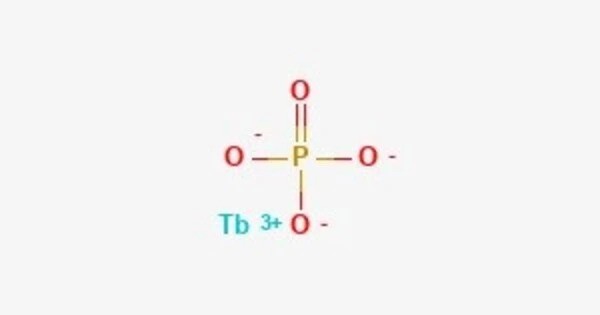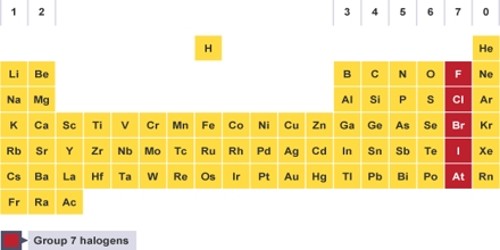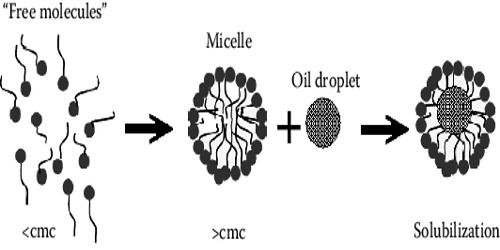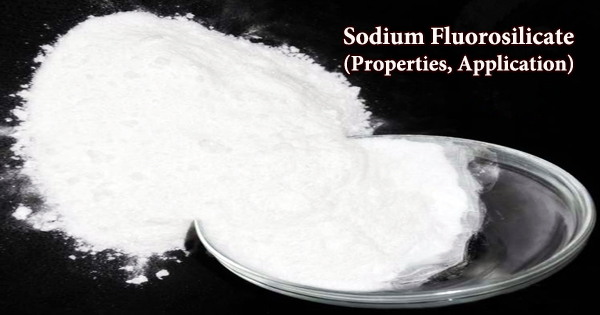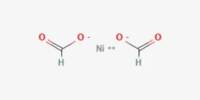Terbium phosphide is an inorganic compound of terbium and phosphorus with the chemical formula TbP. It is a compound made from the elements terbium and phosphorus. It is part of the group of rare-earth phosphides, which are materials that combine rare-earth elements with phosphorus.
The density of terbium phosphide is relatively high due to the heavy terbium element. It has a high melting point, typical of rare-earth metal phosphides, though precise values can vary in literature. It is generally quite hard and has good mechanical properties.
Synthesis
Terbium phosphide typically crystallizes in the rock-salt (NaCl) structure, similar to other metal phosphides. It is a semiconductor and has interesting magnetic properties due to the presence of the rare-earth element terbium. TbP can be obtained by the reaction of terbium and red phosphorus at 800–1000 °C:
4 Tb + P4 → 4 TbP
The compound can also be obtained by the reaction of sodium phosphide and anhydrous terbium chloride at 700~800 °C.
Properties
Terbium itself is known for its significant magnetic properties, and when combined with phosphorus, these properties can be enhanced or altered, making terbium phosphide potentially useful in magnetic and spintronic applications.
- Chemical formula: PTb
- Molar mass: 189.899
- Appearance: Black crystals
- Density: 6.82 g/cm3
- Crystal structure: Cubic
Uses
The compound is a semiconductor used in high power, high frequency applications and in laser diodes and other photo diodes. Like other rare-earth phosphides, terbium phosphide can be used in various technological applications, including magnetic and electronic materials. The unique properties of rare-earth elements often make these materials useful in high-tech and advanced electronic devices.
- Semiconductors: Due to its electronic properties, terbium phosphide might be used in semiconductor applications.
- Optoelectronics: Terbium compounds are known for their use in phosphors and luminescent materials, so terbium phosphide might find niche uses in these fields.
